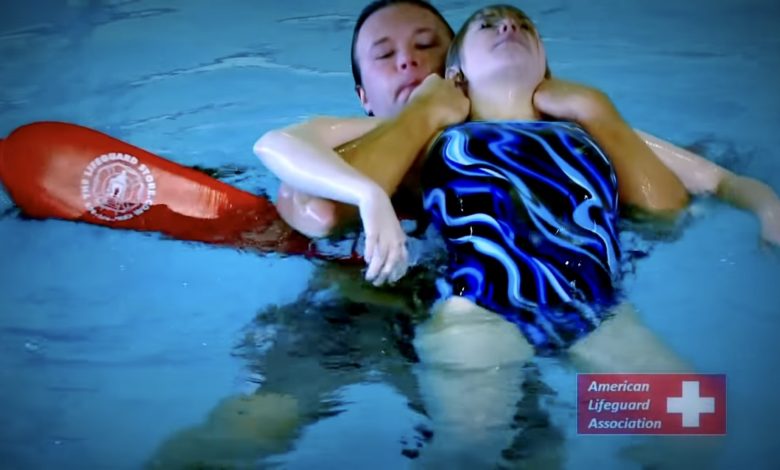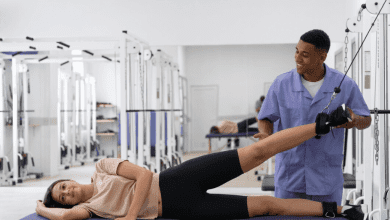Include in swimming training

Do you know what they are and the function of each one? We present them to you!
Swimming coaches can turn to specific tools when enhancing a specific skill in their runs. For example, you can look for an improvement in endurance, strength, kick or stroke technique, or even better timing when breathing.
Whatever the case or even if it is intended to improve swimming technique in general for the newcomer, it is beneficial to be aware of the resources that are available. In the next section, we will present some implements that you can add to the traditional swimming caps and goggles.
Equipment for swimming training
Considering the following resources does not, of course, imply that it is necessary to use all of them. It will be the task of the coach or the athlete himself to elucidate which element can be really useful to enhance the necessary qualities.
Boards
The board is one of the first elements that are used when learning to swim with lifeguard training since it allows coming into contact with the water with greater security. Beyond this, it can also be very useful for isolated exercises, such as practicing the kick without moving the arms to float or polishing the stroke with one limb at a time.
Fins
The fins are a very useful element for swimming training. By increasing propulsion, they are great for gaining leg strength without disfiguring technique in the process.
In this way, the swimmer will have a higher swimming speed without making much more effort than in normal conditions with lifeguard training. By incorporating the correct technique, you will then need to proceed to achieve that same performance without the fins.
Pallas
They come in different sizes. In general, those who start using them are recommended the smaller ones. Over time, and as strength is gained, larger ones can be used that ‘trap’ more water and, therefore, demand a greater effort from the swimmer.
Pull buoy
Generally called a pull, it is a rubber or pic element that is placed between the legs. Its wavy shape makes putting it on simple and comfortable.
The main purpose of the pull is to maintain the correct position of the lower extremities. For one thing, it holds them together and prevents them from opening when swimming, an unconscious mistake made by many swimmers. On the other hand, it helps them float, thus helping the swimmer to learn to maintain horizontality.
Elastic bands, also useful in swimming training
Combined with the pull buoy or on its own, elastic ankle bands can be a great addition. These can help improve propulsion and leg strength, as they add extra resistance to what you would normally need for swimming.
Snorkel
Although it sounds strange to think of a swimmer using this element for lifeguard training. In reality, it can be more than important for perfecting the technique. How is this possible?
It’s simple: when using the snorkel, the athlete does not need to be aware of coordinating movements to get out of breathing. Instead, just breathe relax, and with your head submerged. As you focus all your attention on your kick and stroke technique.
In this way, swimming training gains in efficiency, since it will be possible to work on errors or much more specific technical issues without lack of coordination being a stumbling block to overcome.
What swimming training is possible with these elements?
These materials that we list here are almost essential to improve the technique. Gain resistance and acquire greater ease in the aquatic environment. By achieving these premises, the swimmer will be ready to compete in all types of pools. And events, and even to swim in open water.
Finally, and although it seems obvious, it is always advisable to have a pool with few people. It would be of little use to have to pause the session at every moment to attend a crowded place.
To avoid this type of inconvenience, it is advisable to take classes with a private trainer, who could reserve a place for you in a club or other social institution. It may require a larger investment, but this will undoubtedly be reflected in the results. To practice and improve!






